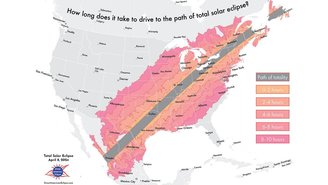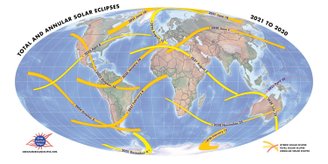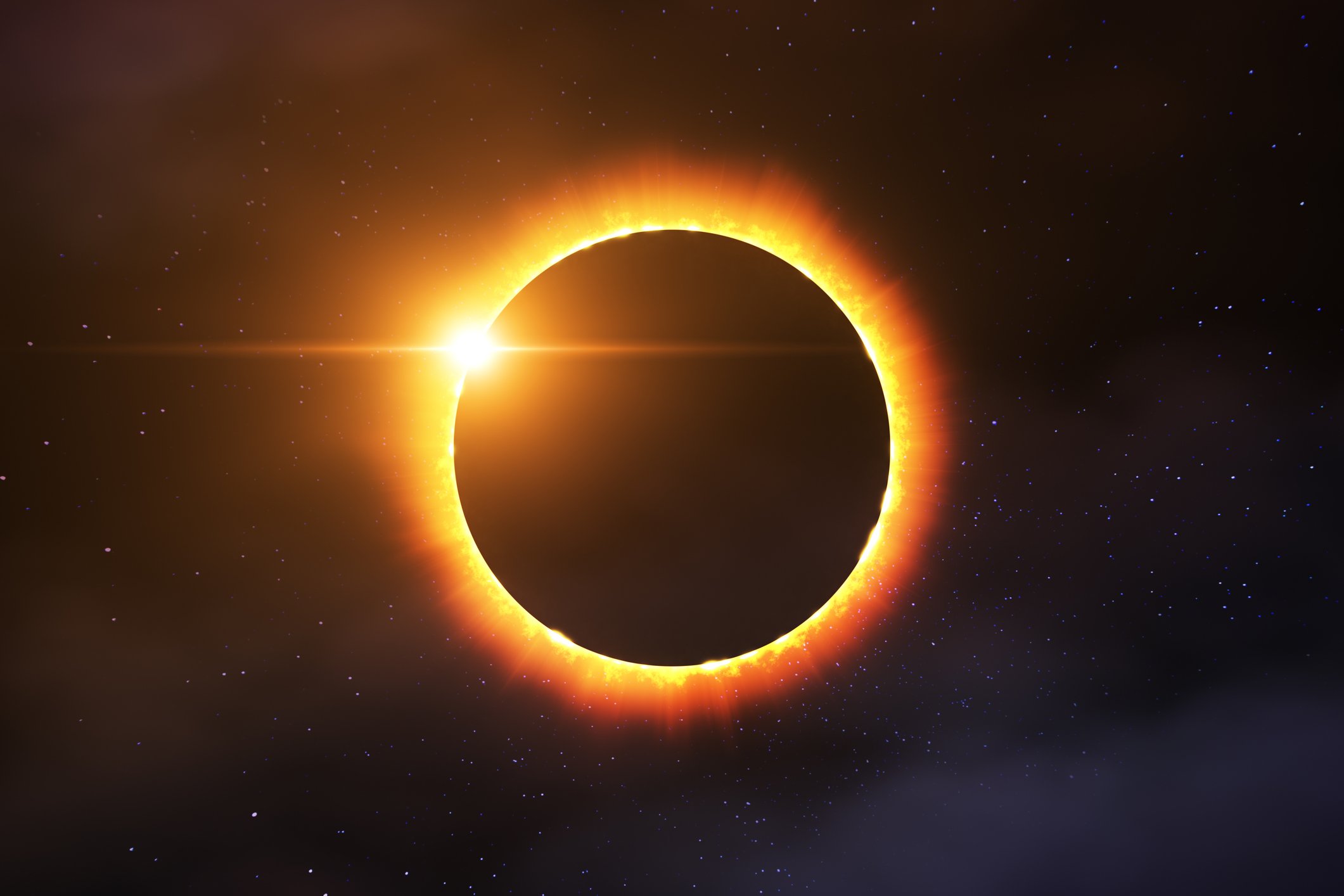On the vast stage of celestial vastness, many fascinating events invite us to be enchanted by the beauties of the Cosmos. One of these shows is about to dazzle the world again. Consequences of the cosmic dance between the Sun, the Moon and the Earth: the total solar eclipse on April 8, 2024.
A solar eclipse occurs when the Moon comes between the Earth and the Sun, which completely or partially prevents the Sun from being seen from a small part of the Earth. This alignment occurs approximately every six months, always during the new moon phase, when the Moon’s orbital plane is closest to the Earth’s orbital plane.
Unlike partial and annular eclipses, in a total eclipse where only part of the Sun is hidden, the Sun’s disk is completely blocked by the Moon. soil, Solar eclipse visible from only a relatively small area of Earth.
So, although total solar eclipses occur somewhere on Earth once every 18 months, on average they only occur anywhere on average once every about 400 years, adding to the rarity of the phenomenon and the difficulty of witnessing it.
During a total solar eclipse, it is possible to observe the solar corona, a light radiating around the sun’s disk. Normally it would be overshadowed by the Sun’s intense brightness, in this moment of rare beauty.This structure, composed of extremely hot plasma (over one million degrees Celsius), allows astronomers to study the Sun’s atmosphere and its effects on our planet.
This year, on April 8, the sky will once again witness this astronomical show. Unfortunately, this event will not be visible from Brazil and will be limited only to privileged observers in the planet’s northern hemisphere, especially North America; for this reason it has been called the Great Eclipse of North America by some media outlets.
The totality path, or orbit, of the lunar shadow across the Earth’s surface (that is, the regions of the Earth where it will be possible to observe the total solar eclipse) will take Mexico as its starting point at dawn and continue. journey towards the northeast. It will cross the United States, pass through states such as Texas, Oklahoma, Arkansas, Missouri, Illinois, Indiana, Ohio, New York, Vermont, and finally reach Canada before dispersing over the North Atlantic.

This event will also be partially visible to observers in Norway, Iceland, Ireland, Great Britain, Spain and Portugal, where only part of the solar disk will be obscured by the Moon.
If you have planned to observe this solar eclipse up close or by chance happen to be in one of these locations, remember this: Observing this phenomenon requires special precautions to protect your eyes and enjoy it safely! Never look directly at the Sun without adequate eye protection, as this may cause irreversible damage to your vision.

It is always recommended to use glasses that filter the harmful rays of the Sun and are suitable for observing such eclipses.. Binoculars, telescopes or cameras should also have appropriate solar filters to avoid damage to the eyes and internal parts of the equipment.
Another safe option is to reflect the held solar disk using perforated cardboard or a mirror so that it reflects the image of the Sun onto a flat surface. This allows you to observe the phenomenon without looking directly at the light source.

However, if you, like most Brazilians, are not in one of these corners of the planet on April 8, you can still follow the event live on NASA channels and social media.
The next total solar eclipse will be visible The seizure of Brazilian territory would not take place until 21 years later, on August 7, 2045.
Source: Tec Mundo
I’m Blaine Morgan, an experienced journalist and writer with over 8 years of experience in the tech industry. My expertise lies in writing about technology news and trends, covering everything from cutting-edge gadgets to emerging software developments. I’ve written for several leading publications including Gadget Onus where I am an author.













